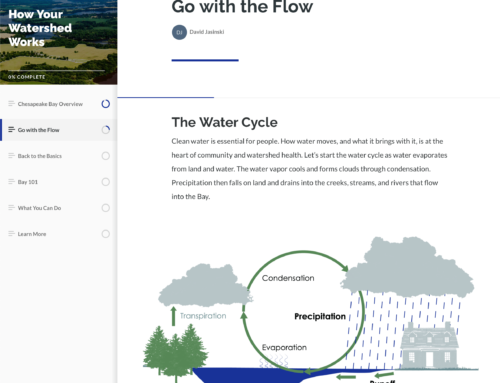Don’t look now but 2020 is somehow right around the corner. So it may be no surprise that we are all starting to hear talk about new year’s resolutions. The ones top of the list for us though aren’t of the “run a marathon or eat healthier” variety; they are the ones around budget resolutions. Why? Because new budgets at several levels are being hammered out now and because, breaking news here, budgets support programs.
Most state legislatures reconvene in January to set legislation and budgets for the coming year. The federal budget for 2020 is still being negotiated in Congress before the “holy cow!” November 21 deadline for a new budget agreement. Legislation and budgets drive activity, or lack of it. This is why it’s a problem if your program is not well understood or appreciated by legislators.
If you aren’t making these connections to funders, public or private, you’re missing a major opportunity. There are many options for establishing program relevancy to your audiences, from the fairly simple to the pretty complex.
A first step is to create a story around your work that illustrates both the problem you are addressing and how your work addresses that problem. A second step is to ensure accessibility and applicability. In other words, identify opportunities for how and where your work can be actively used to solve problems.
As an example, we worked with the National Oceanic and Atmospheric Administration (NOAA) to help them explain the complex issue of their role in Chesapeake Bay restoration and protection. NOAA provides monitoring, research, and education programs around the Bay, yet many people (aka: taxpayers) had no idea what NOAA did or why it was important. This lack of understanding has led to an annual debate in Congress over budget allocations for NOAA and many other federal agencies, including the threat of elimination around critical- if not well appreciated- programs.
Green Fin Studio knows that NOAA administers diverse programs operating at multiple scales. Instead of leading with an organizational chart to try and explain everything the agency does, we suggested a different approach. We combined steps one and two listed above to create a very cost-effective, elegant solution.
When NOAA came to us, a few other requirements and trends were emerging. One was that we knew people are typically much more interested in environmental information specific to their communities than a coarser look at environmental data. Second, schools are being encouraged to teach via digital tablets. Tablet-based learning modules provide several benefits, including that tablets can store many textbooks without weighing down backpacks, easy digital updates as new information becomes available without requiring a new printing run of books, and interactivity to engage students. Lastly, teachers are required to incorporate locally relevant environmental education in their classrooms.
Our team recommended that NOAA take the opportunity to connect all these dots by drawing on their diverse program data and knowledge to create a digital guide on how the Chesapeake Bay works, its stressors, solutions, and the agency’s role in supporting the restoration process.
The resulting Chesapeake Bay Ecosystem Atlas (“Atlas”) can be used by anyone with an interest in the subject, as well as be incorporated into classrooms by middle and high school teachers.
We worked closely with teachers across the Bay watershed to align with their curriculum requirements and preferences and created very detailed curriculum guides. The Atlas is proudly branded as a NOAA product, giving it instant credibility and ensuring that users are more aware of NOAA programs and services. We broke the overall storyline into five major categories and created infographics, interactive graphics, videos, and clear content to convey NOAA’s science and value to the region.
Over 5,000 free copies of the Atlas have been downloaded to date. Another fun fact: In addition to constituents, legislators are using this to better understand the Chesapeake Bay and NOAA.
This is just one example of how to make your program better understood and supported. Don’t have the time or budget to put together a textbook that puts your research in a digestible format? How about putting together a one-page fact sheet that brings home the impact of your research or program. How many jobs does it support, what’s the economic value of the information it provides, how is it protecting important regional industries like fisheries or tourism? Having these important facts in a format you can use for talking points with the folks who hold the purse strings can be the difference between funding and no funding.
Regardless of the platform(s) you choose to use, spend time identifying the right message for your audience(s) like your future support and funding depends on it. Because it does. Whether you focus on research, education, conservation, restoration, or policy, make sure decision makers understand the big problems, how you’re tackling them, and the value you provide.


